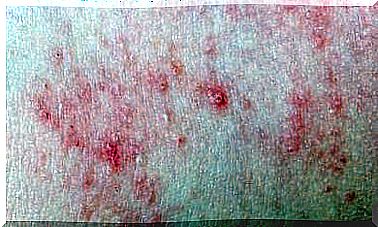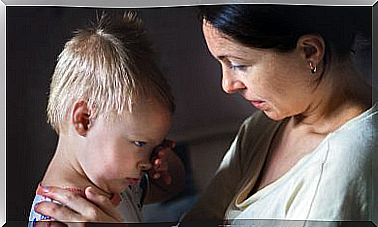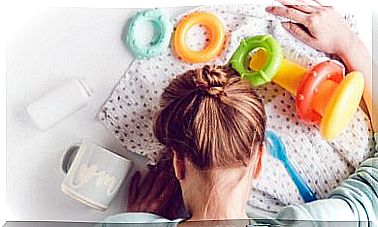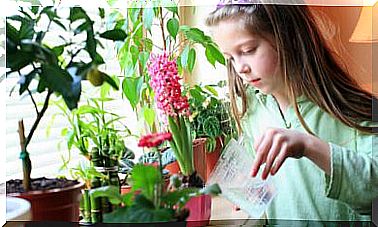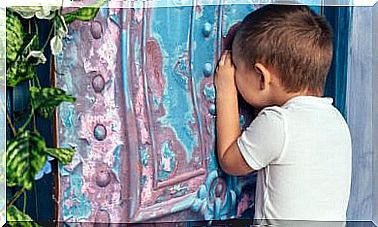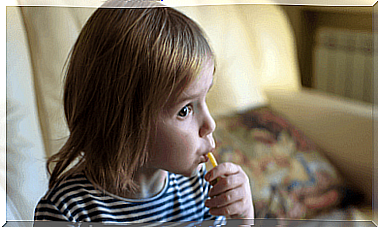Childhood Seborrheic Dermatitis
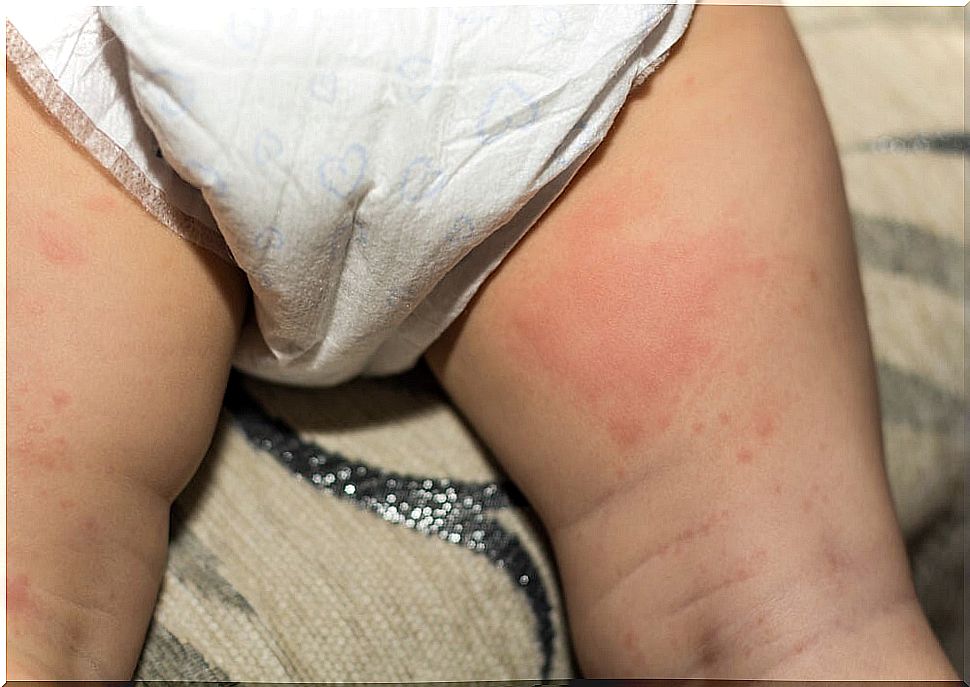
Childhood seborrheic dermatitis is not always considered a disease, but rather the symptomatic manifestation of other skin disorders. It is a chronic condition that must be differentiated from atopic dermatitis, the latter entity of relative frequency in childhood.
Childhood seborrheic dermatitis
Where is it located?
Seborrheic dermatitis should not be confused with atopic dermatitis, since it is a milder condition that is located on the face and scalp, in the oily areas of the face such as the area around the eyebrows, the nasal furrows or the chin. While in atopy the lesions are more frequent in the extremities, neck and face in the eyelids and perioral area.
When seborrheic dermatitis occurs in childhood and only on the scalp, in general, it is called cradle cap. In this sense, it can spread to the face and the diaper area as well and, in that case, it is called seborrheic dermatitis, because it occurs where there is the greatest number of sebaceous glands that produce oil or sebum.
It should be noted that seborrheic dermatitis is a non-infectious skin condition that is very common in children. It usually starts in the first few weeks of life and slowly disappears over a period of weeks or months. Unlike eczema or contact dermatitis, infantile seborrheic dermatitis is uncomfortable and sometimes causes irritability.
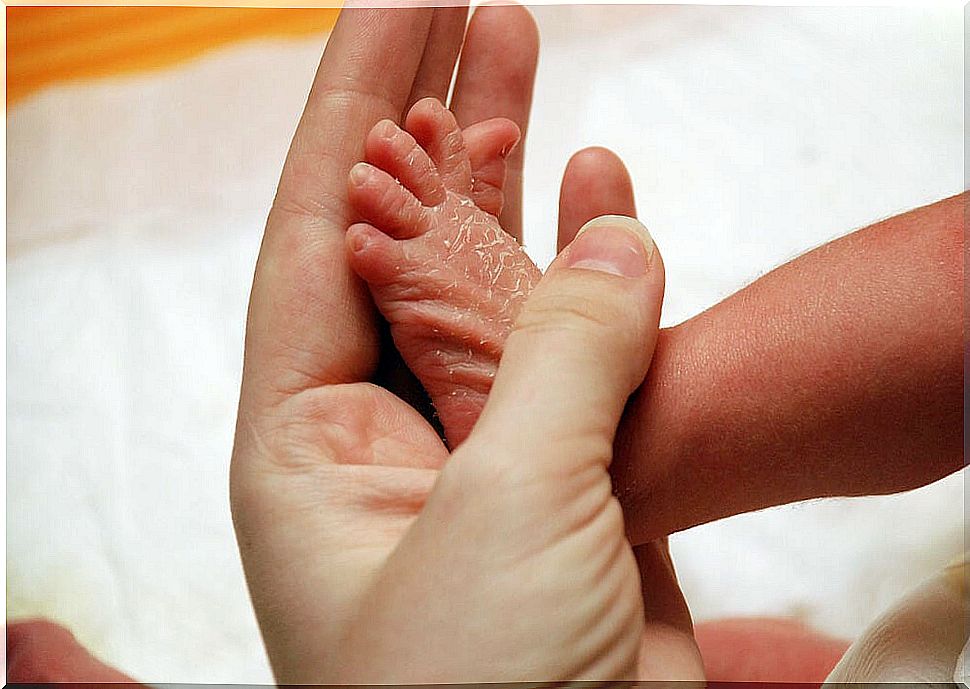
It is essential to note that it is not contagious, as this is an issue that worries parents and can be, if not clarified, a great source of stigmatization.
Causes and treatments
Identifying the causes of seborrheic dermatitis in childhood is not an easy task. However, it is possible to cite the following, and it may even be related to a combination of factors:
- Activity of the sebaceous glands.
- Yeast fungi that inhabit the skin, mainly in areas with more sebaceous glands.
- Changes in the skin microbiota.
- Genetic conditions
Treatment of cradle cap and seborrheic dermatitis in children
- Wash your baby’s hair with a baby shampoo that is mild and does not irritate the eyes.
- Gently remove the scales and, if they do not come off easily, apply a small amount of mineral oil to the baby’s scalp.
- Contrary to what is assumed, it is preferable not to perform untimely maneuvers to remove the scales, as they can injure the scalp and further stimulate glandular secretion.
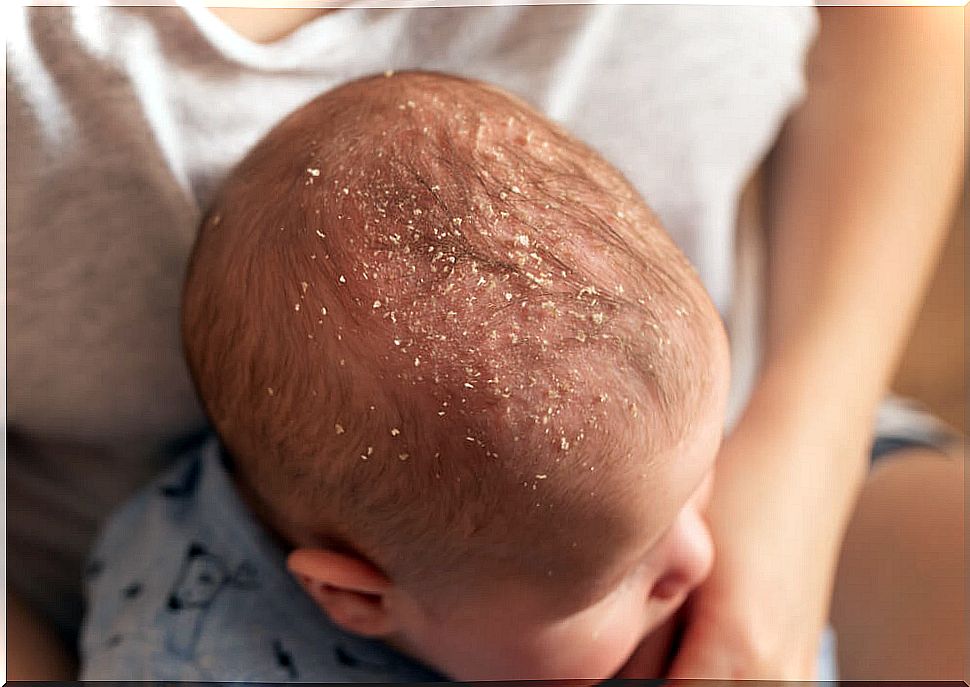
For seborrhea in other parts of the body, the professional may also recommend a mild cream that contains steroids or antifungals, which is the latter medication that fights fungi but requires professional indication.
What about treatment in adults?
Flakes and dry skin can be treated with over-the-counter or medicated dandruff shampoos. These products contain ingredients such as salicylic acid, coal tar, zinc, resorcin, ketoconazole, or selenium sulfide.
Finally, remember …
The importance of avoiding self-medication that can mask or modify injuries, making it more difficult for the professional to make a proper diagnosis.


